News
News / 08/19/2020 / 2052
Valjevo region is a genuine pearl of nature, still largely undiscovered. Nature was really generous there: chain of Valjevo mountains, clean mountain streams, preserved 19th century town quarter, delicious food and wines... Because of all that, a stay in Valjevo and its surroundings can serve as an ideal opportunity to get to know Serbia better.
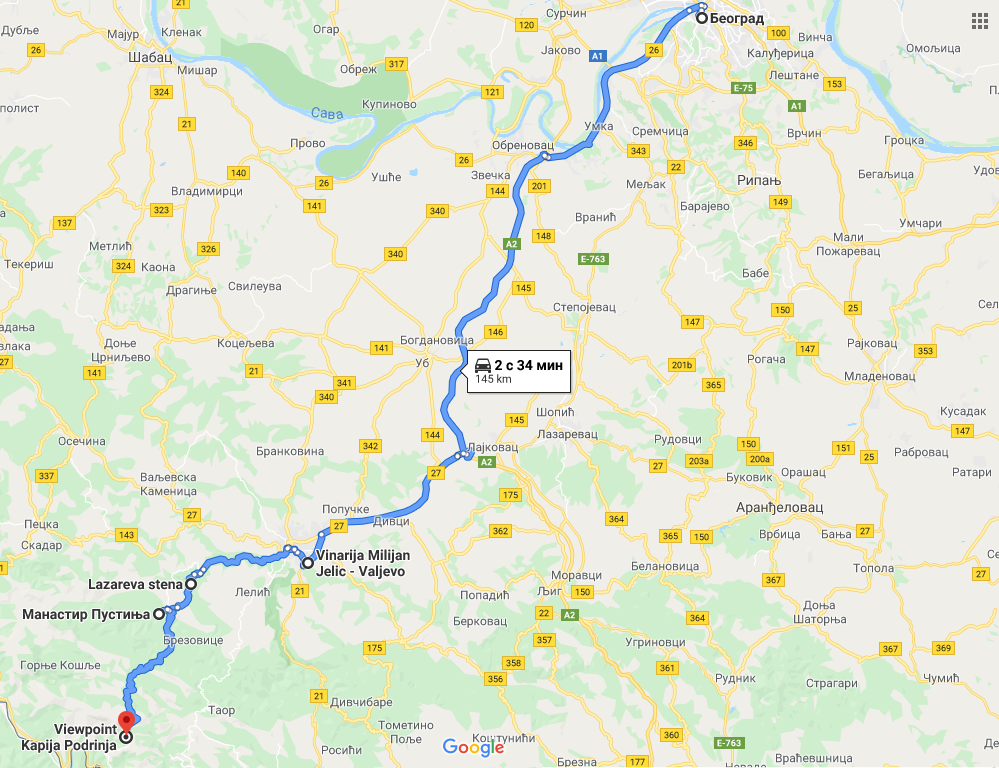
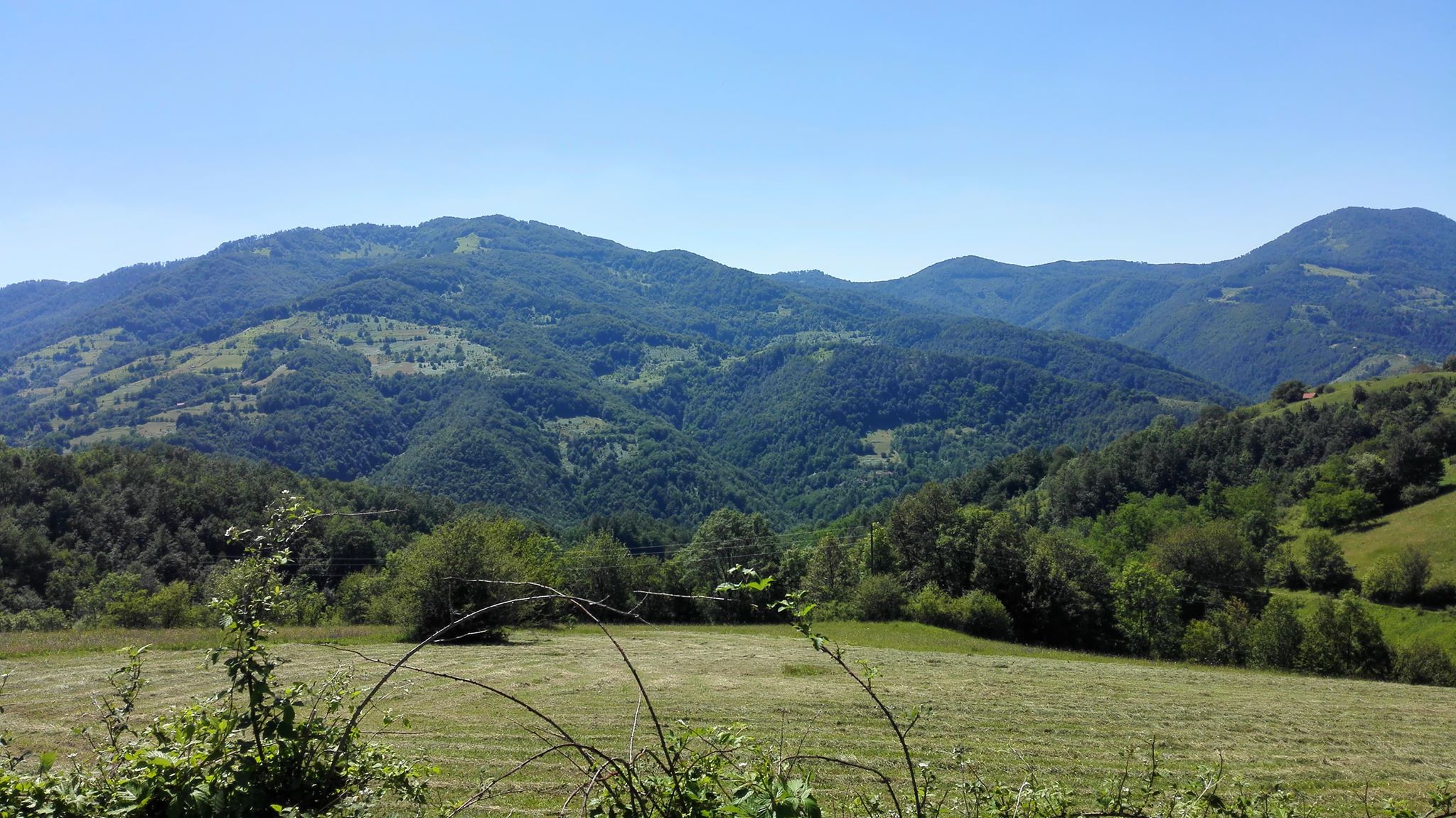
Thanks to recently-built Miloš the Great highway, Valjevo region has become even closer to Belgrade. Therefore, we have easily reached the gate of Jelić Winery in the village of Bujačić at 10 am sharp.
At the moment, the winery is slowly preparing equipment and resources for the upcoming harvest. In 2002, Milijan Jelić, the owner of Jelić Winery, boldly stepped into the region dominated by plum production to show that Valjevo is equally suitable for vinegrowing. The vineyards are spread over several locations, with a total area of 20 hectares. From the very beginning, the focus has been on local grape varieties. As a pioneer, Milijan Jelić planted Morava variety in the vineyards, which today makes up half of the vineyards owned by Jelić Winery. Regarding black varieties, Prokupac (locally known as Kameničanka) is the flagship grape variety. Jelić Winery takes credit for renewed interest in Prokupac outside Župa region.
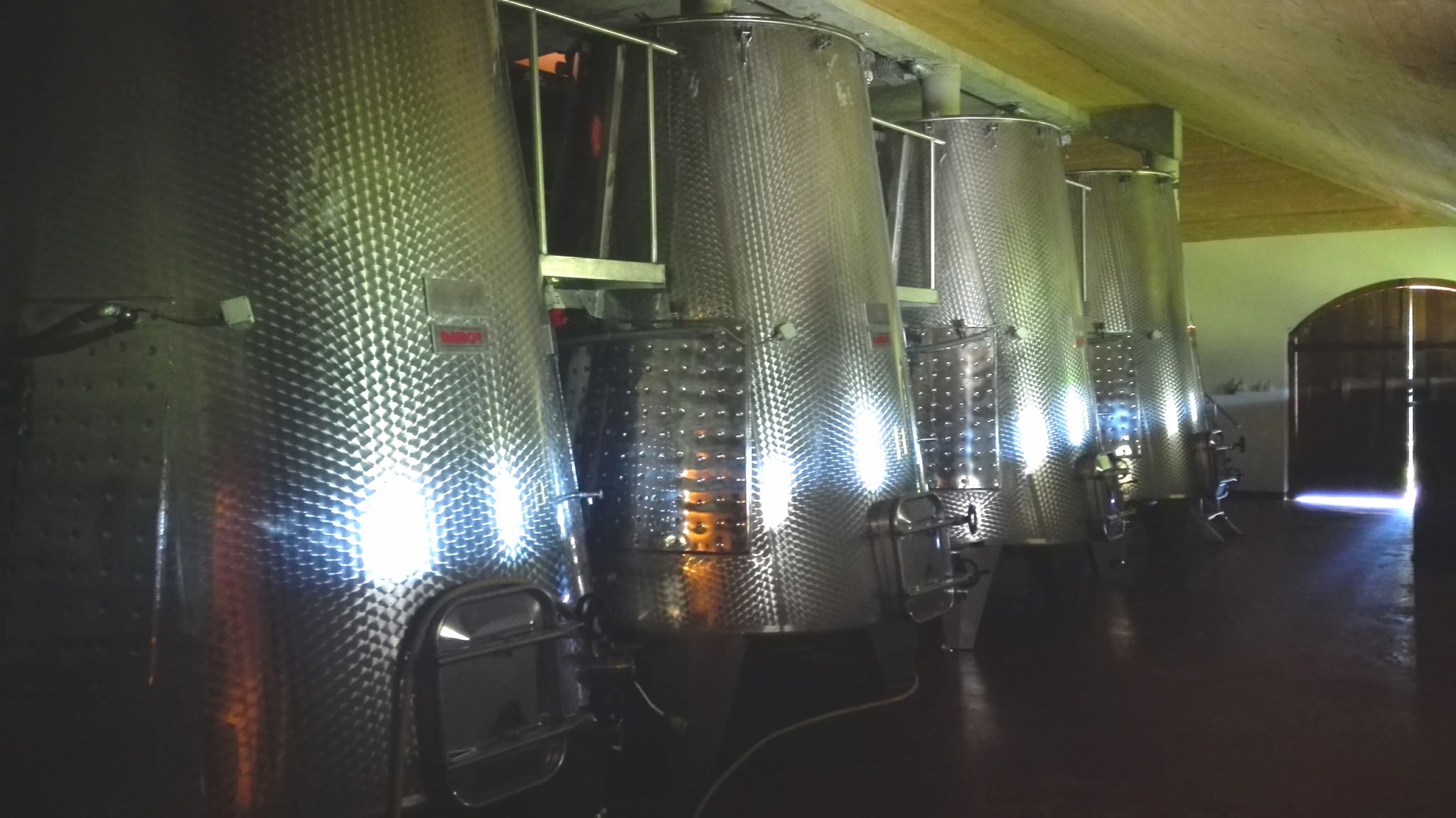
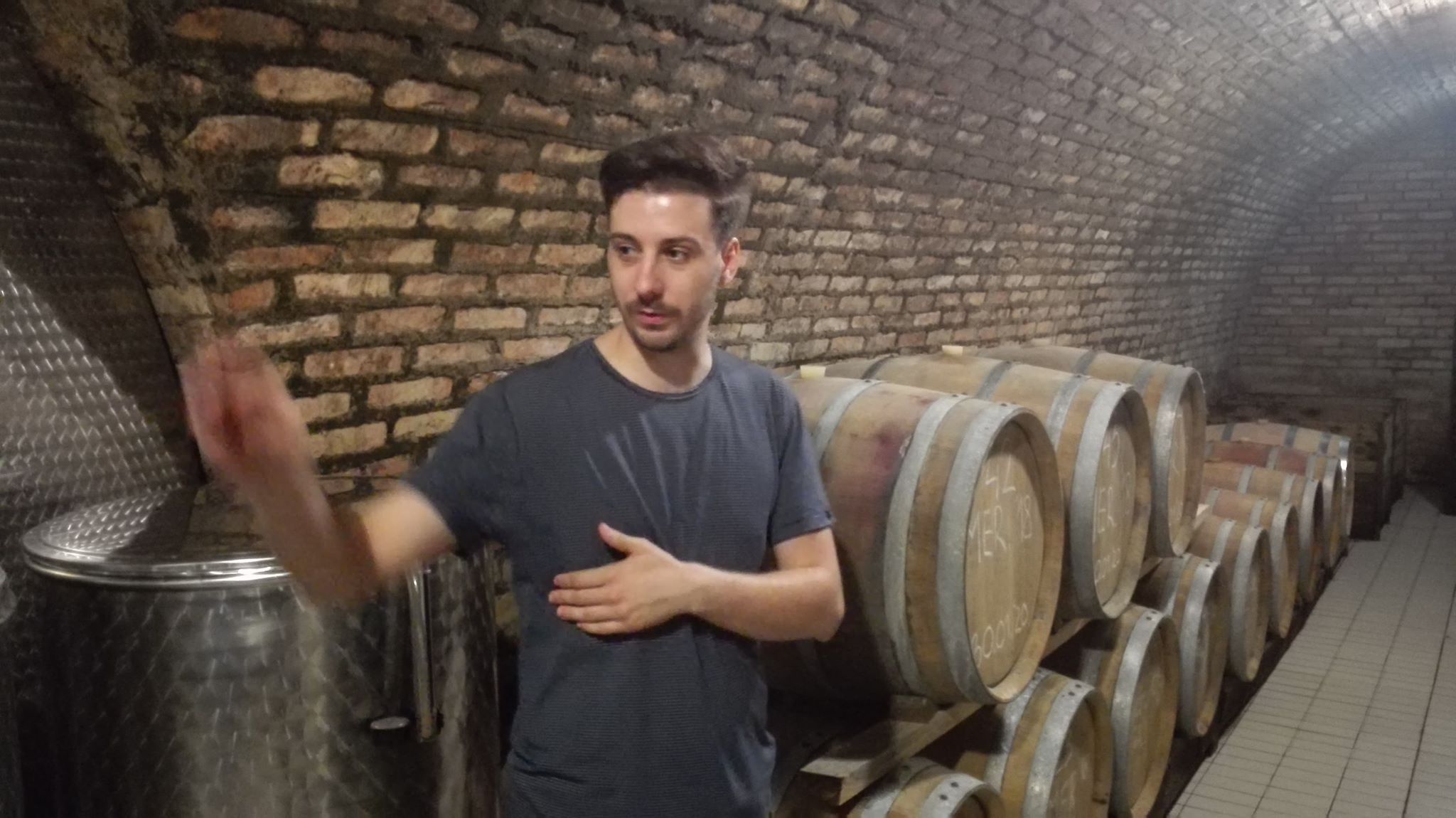
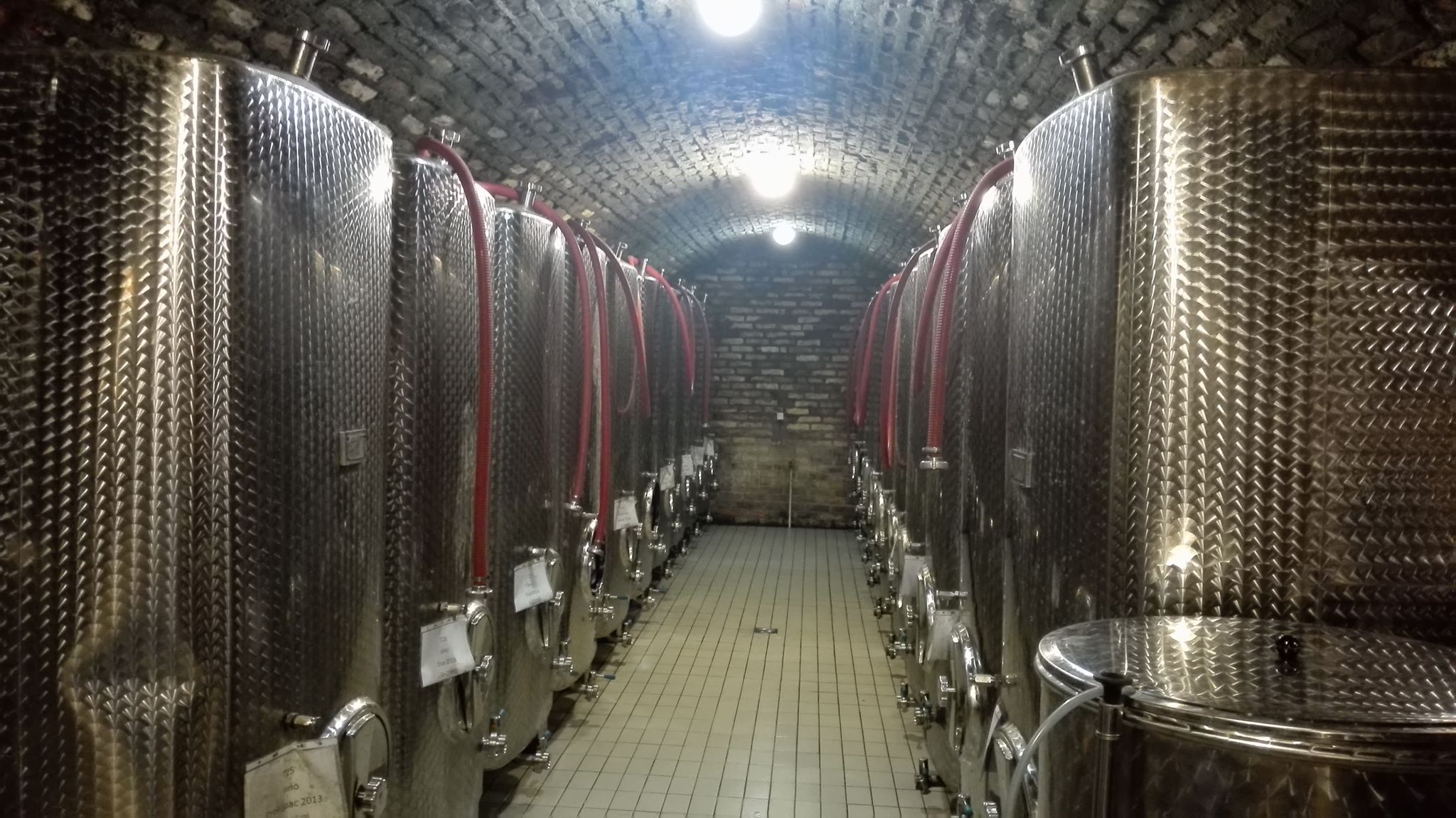
We start the winery tour, accompanied by oenologist Milomir Tomić, from the grape processing hall. The winery building comprises several floors and the entire winemaking process from grape to wine is carried out in accordance with natural wine flow, gravity laws and temperature control practices. The underground wine cellar is in the shape of a cross. The cellar was made by removing the top soil in order to build the cellar walls and then the same soil cover has been put back over the cellar walls to ensure adequate insulation and a constant temperature throughout the year. The wine cellar contains custom-made stainless steel tanks which fit perfectly into the arched vault, thus making the most of the space in the wine cellar.
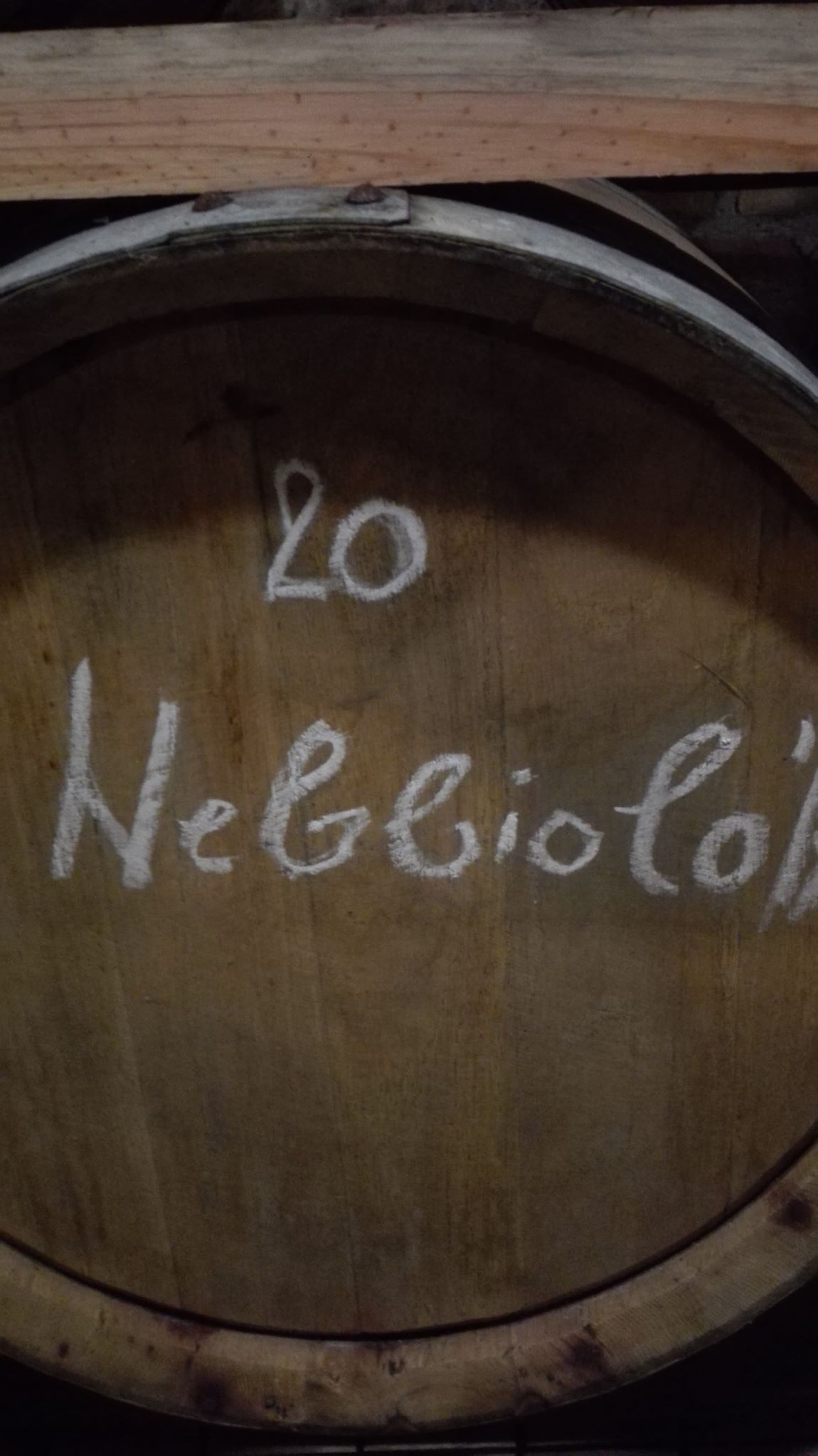
We are surprised to see in the cellar a barrel with 'Nebbiolo' written over it in white chalk... Hm, how come Nebbiolo found its home in Serbia?!? Milijan Jelić thought that Valjevo region could be a good location for this variety (traditionally planted in vineyards of Piedmont) owing to its geographic position at the foot of Divčibare mountain and the Valjevo mountains, at sufficient distance from the sea so warm Mediterranean air currents arrive. But, Nebbiolo is a demanding variety in the cellar because it requires patience and long aging to shine in full glory. Therefore, and also taking into account small quantities of produced wine, Nebbiolo wine is sold exclusively in the winery and the price of a bottle reaches 5,000 dinars.
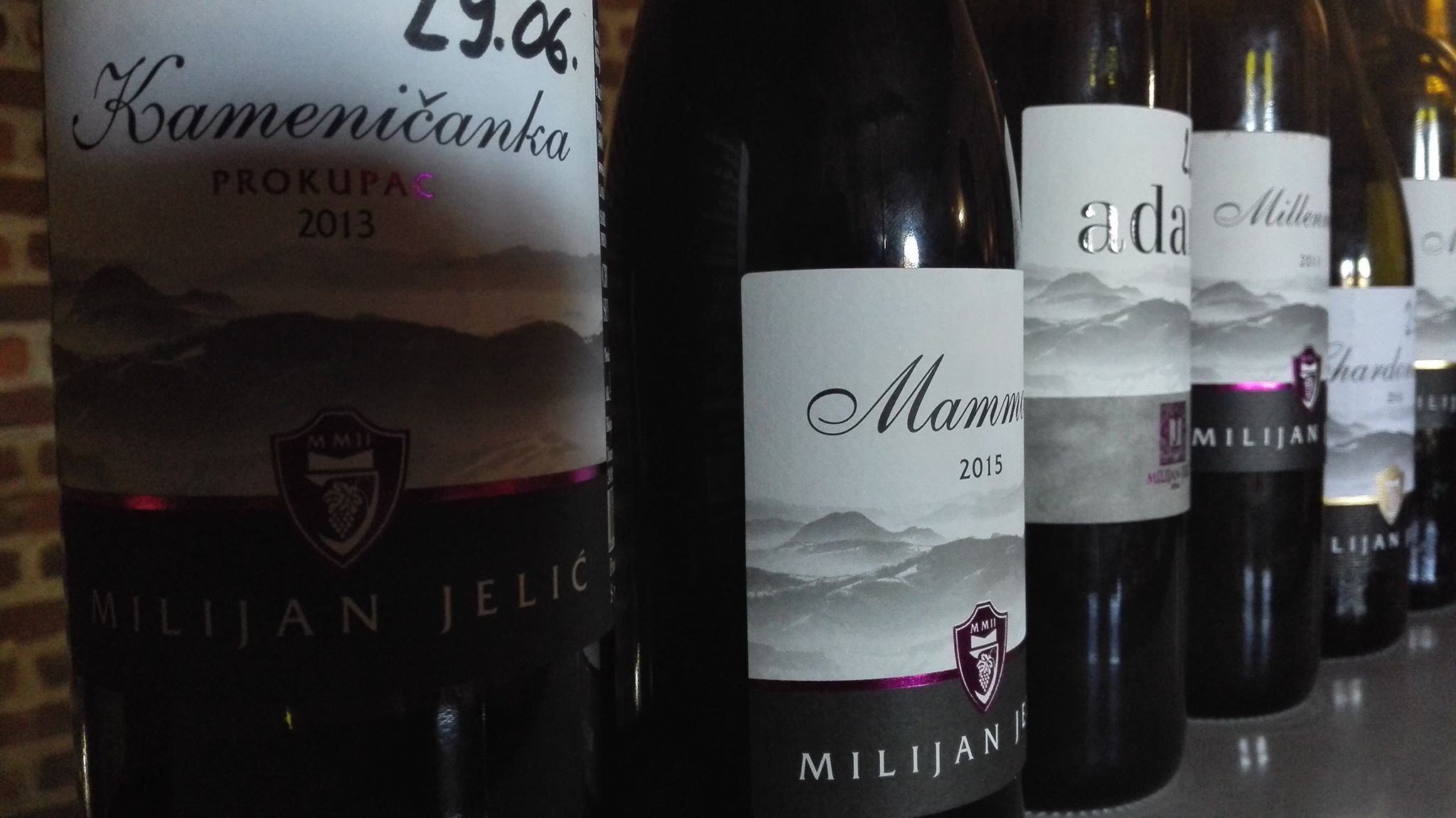
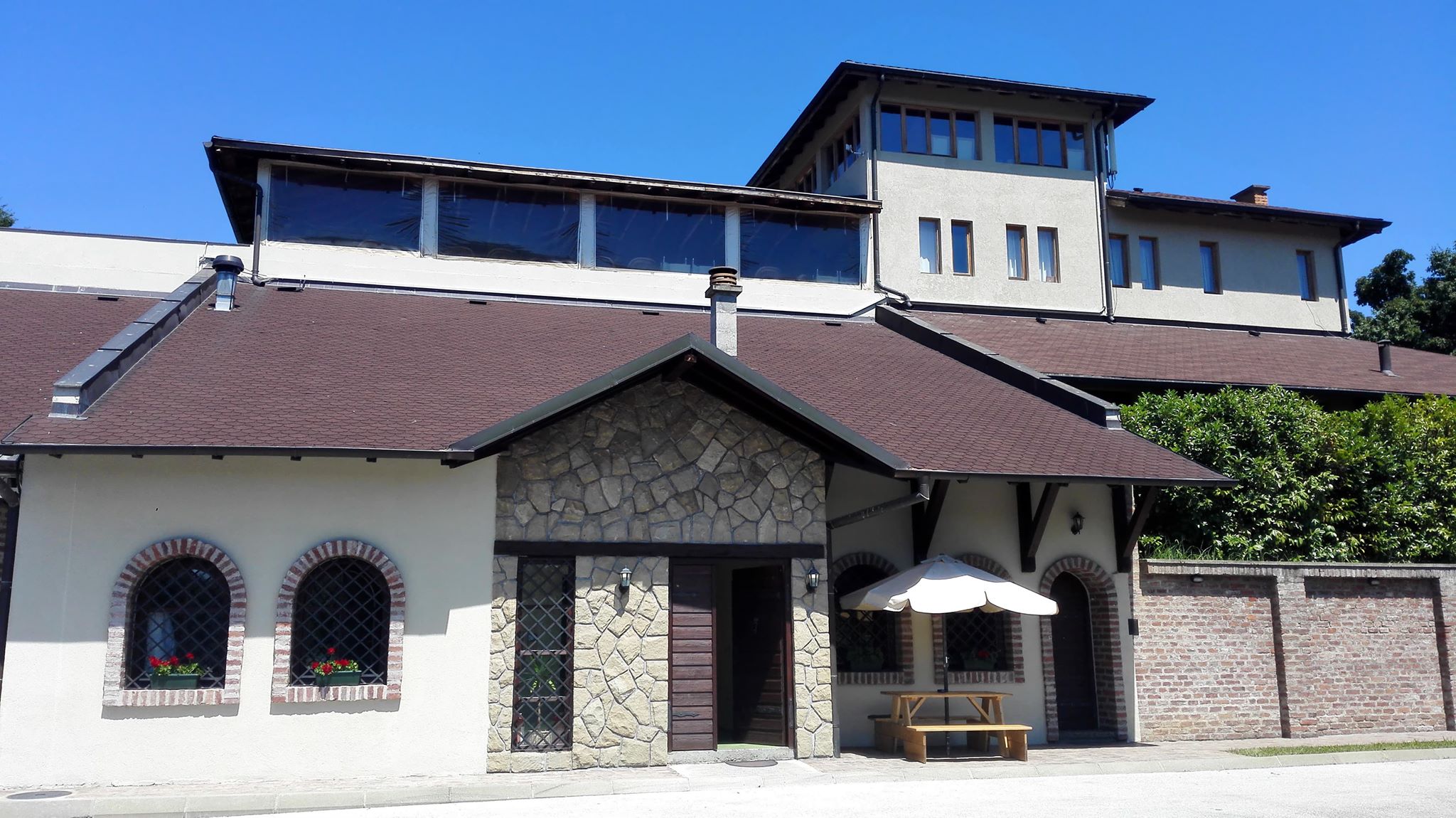
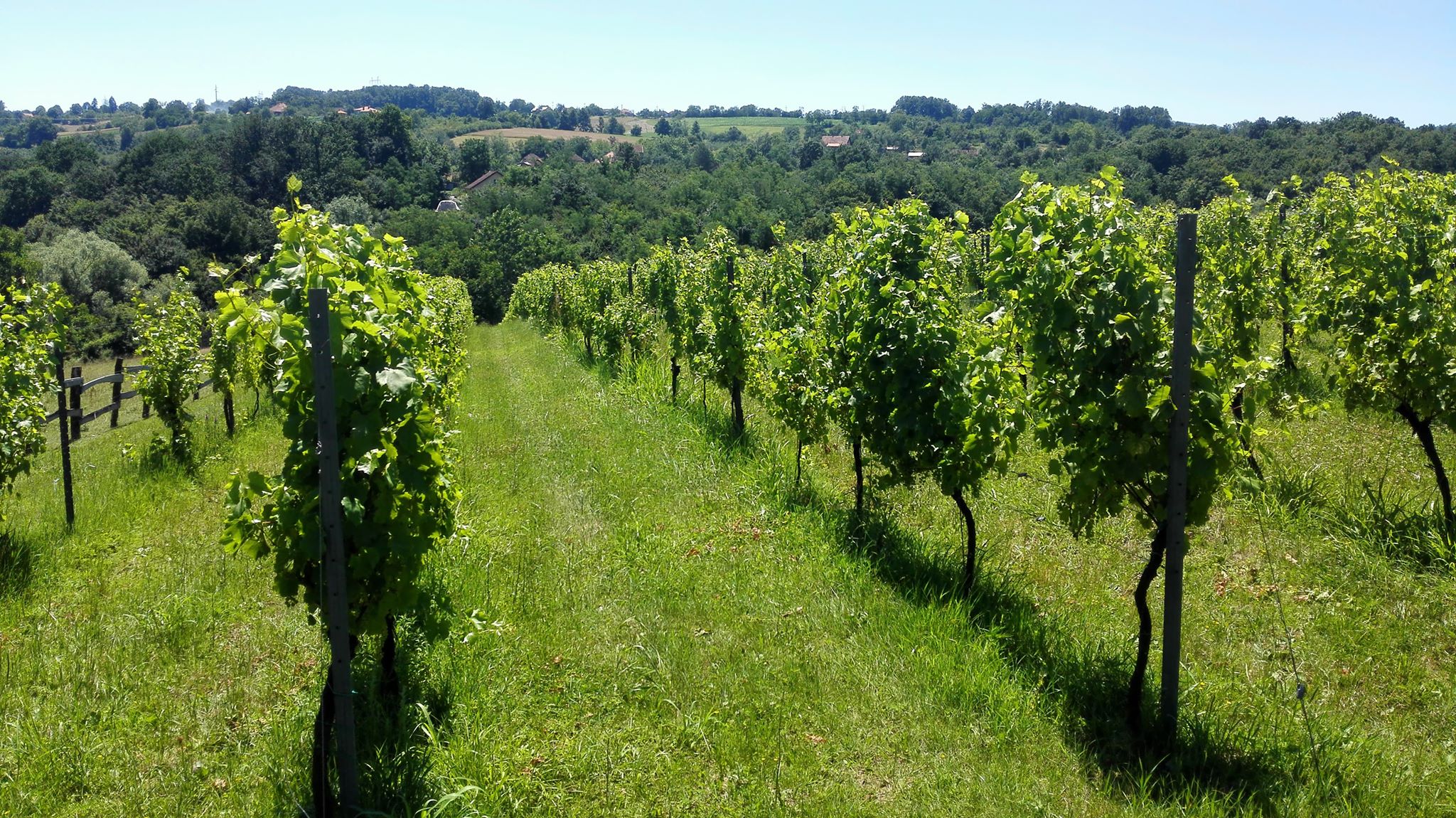
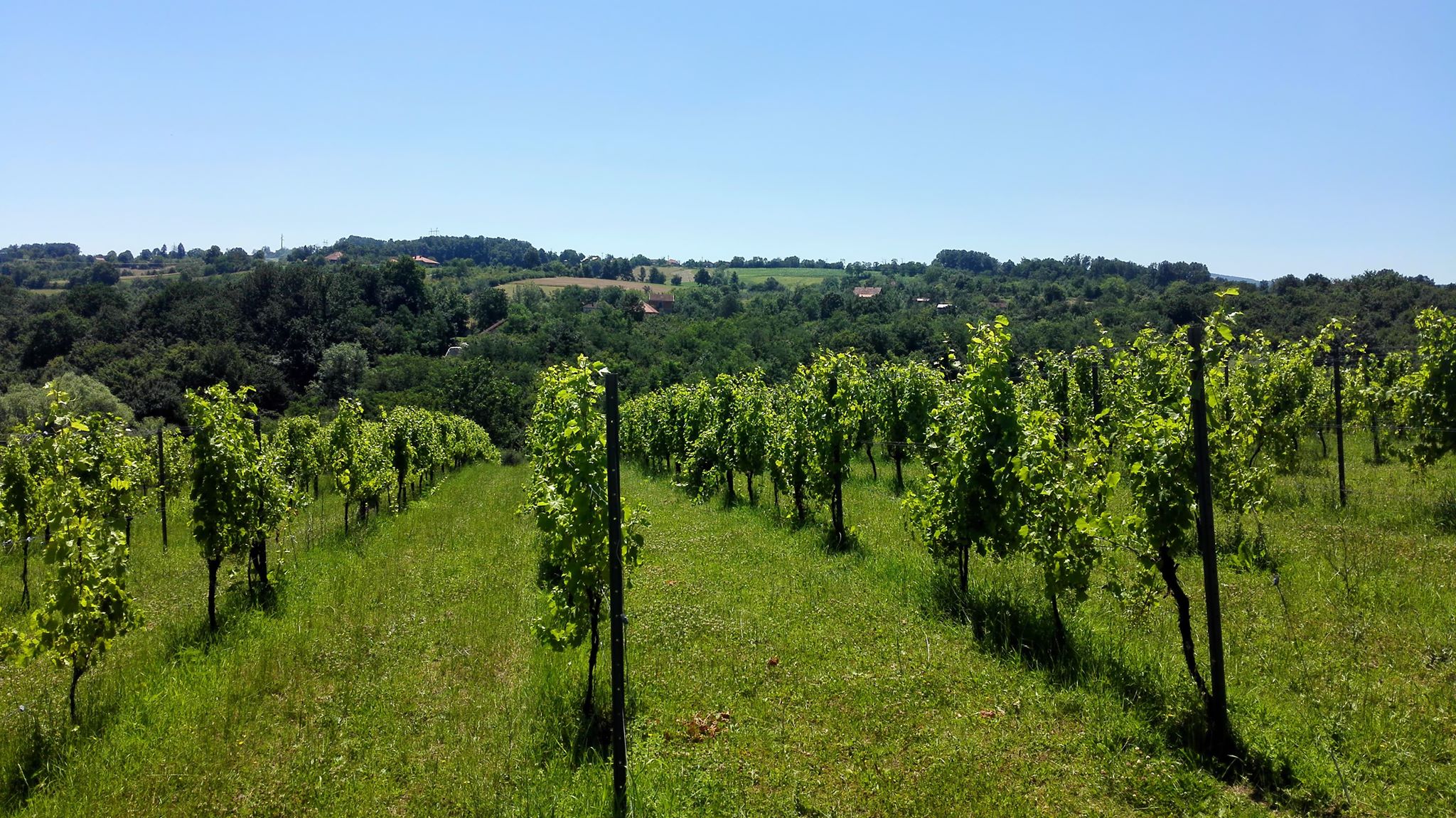
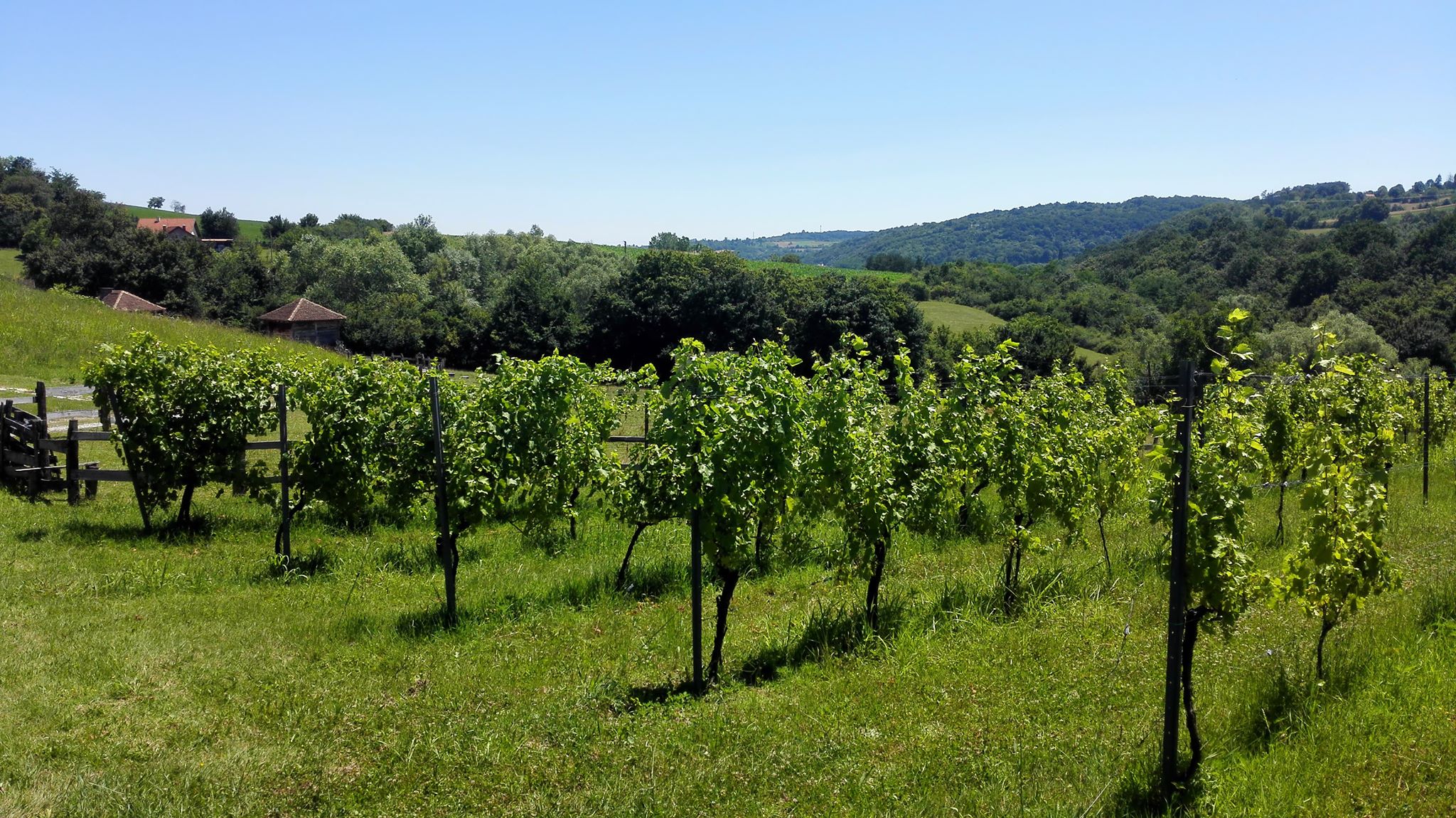
After the winery visit, our next destination is the village of Stubo because we would like to experience the panoramic view of Rovni Lake from the Lazar's Rock viewpoint (also known as the Great Rock). The path to the lookout is well marked, not too strenuous, but the view from the lookout is unforgettable. Valjevo hills and mountains surrounding the lake which has crept into every gorge and ravine, resembling a snake, whilst bright blue color of the water shines in the sun.
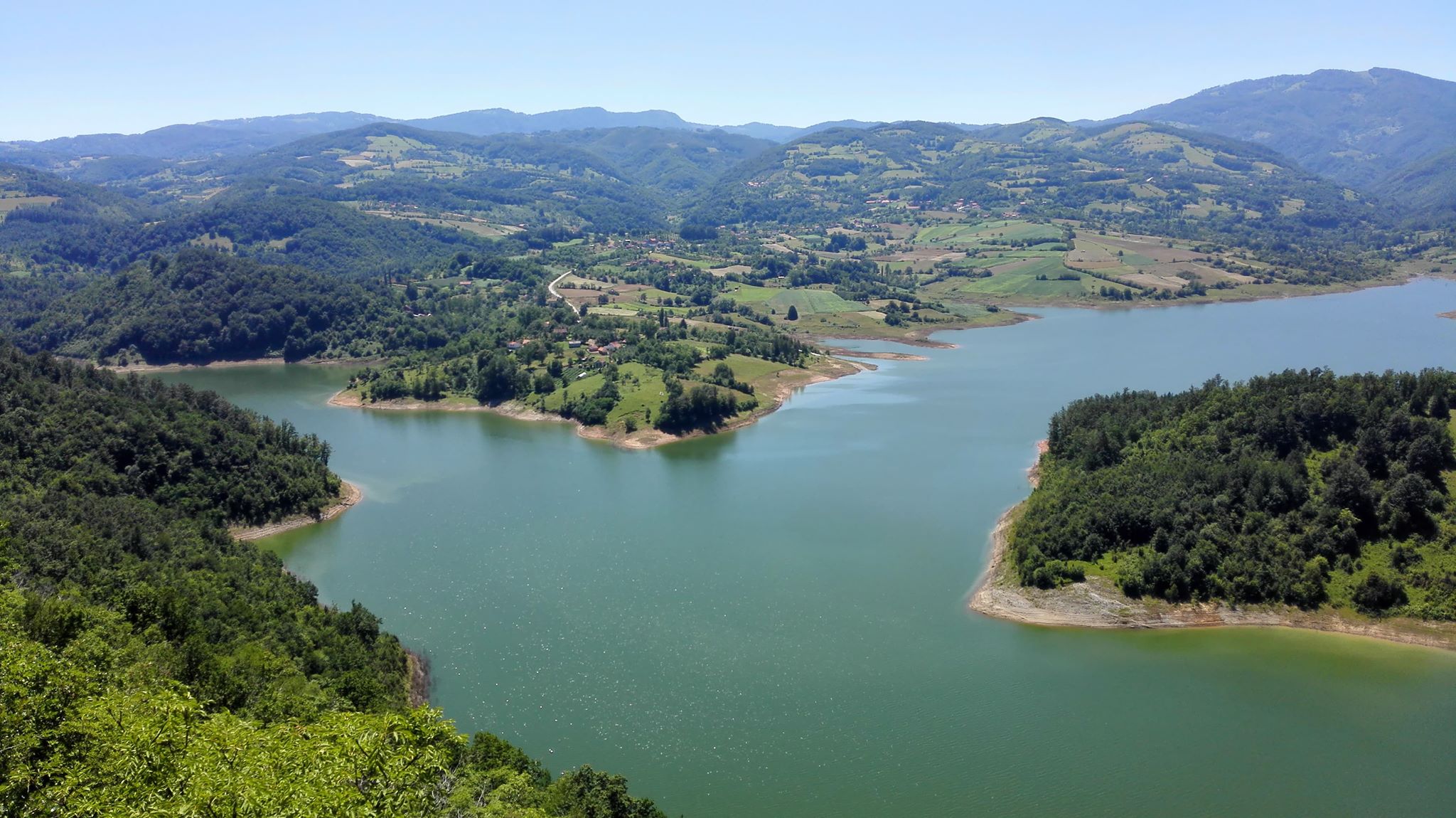
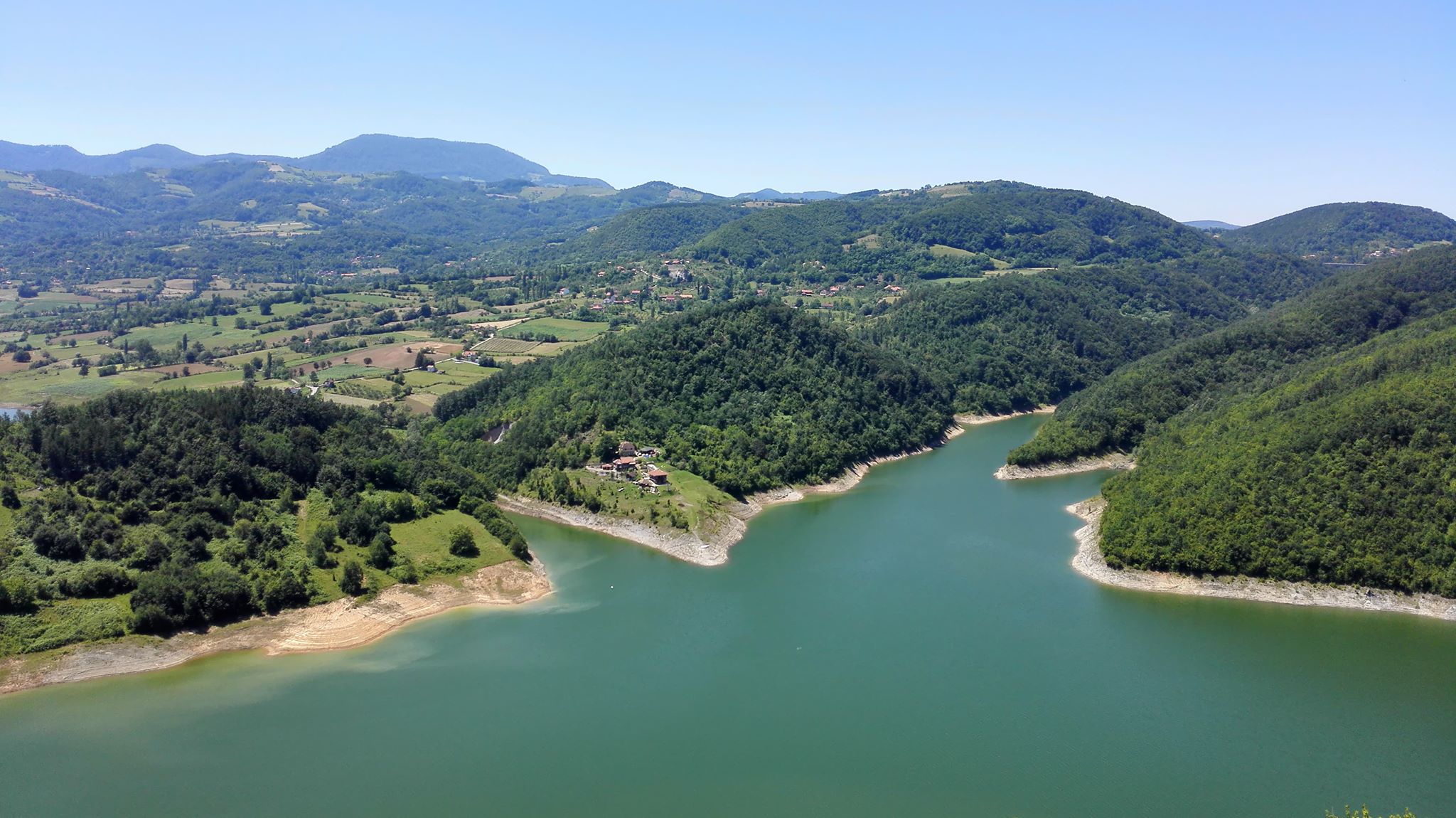
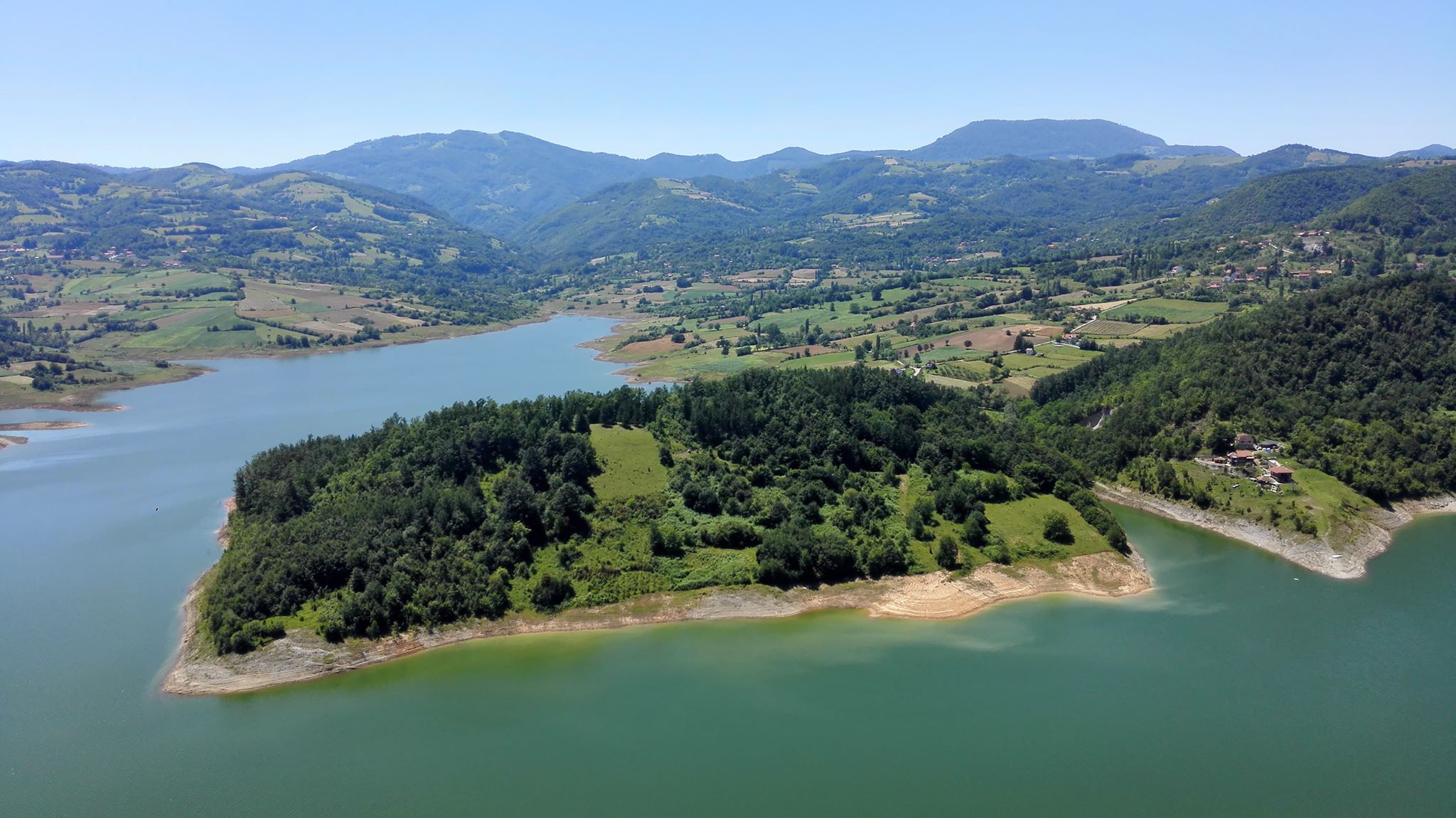
After returning from the lookout, we continue on to Debelo Brdo (The Fat Hill). Pustinja Monastery is hidden deep in the canyon of the Jablanica river. Holy Father Justin Ćelijski said that "whoever was prevented from visiting the Holy Mountain of Athos, then he should come and see Pustinja". A place where time has come to a standstill, where nuns serve God in peace and solitude. The monastery was built at the end of the 13th century during the reign of King Dragutin. It is believed that the name of the monastery comes from the fact that the surroundings were uninhabited, deserted and the monastery church was built right there for the spiritual needs of miners who worked in the surrounding mountains in the mines of medieval Serbia. The monastery is known for its fresco paintings, especially the fresco of St. John the Baptist with wings, which ranks among the most beautiful frescoes in medieval Serbian monasteries.
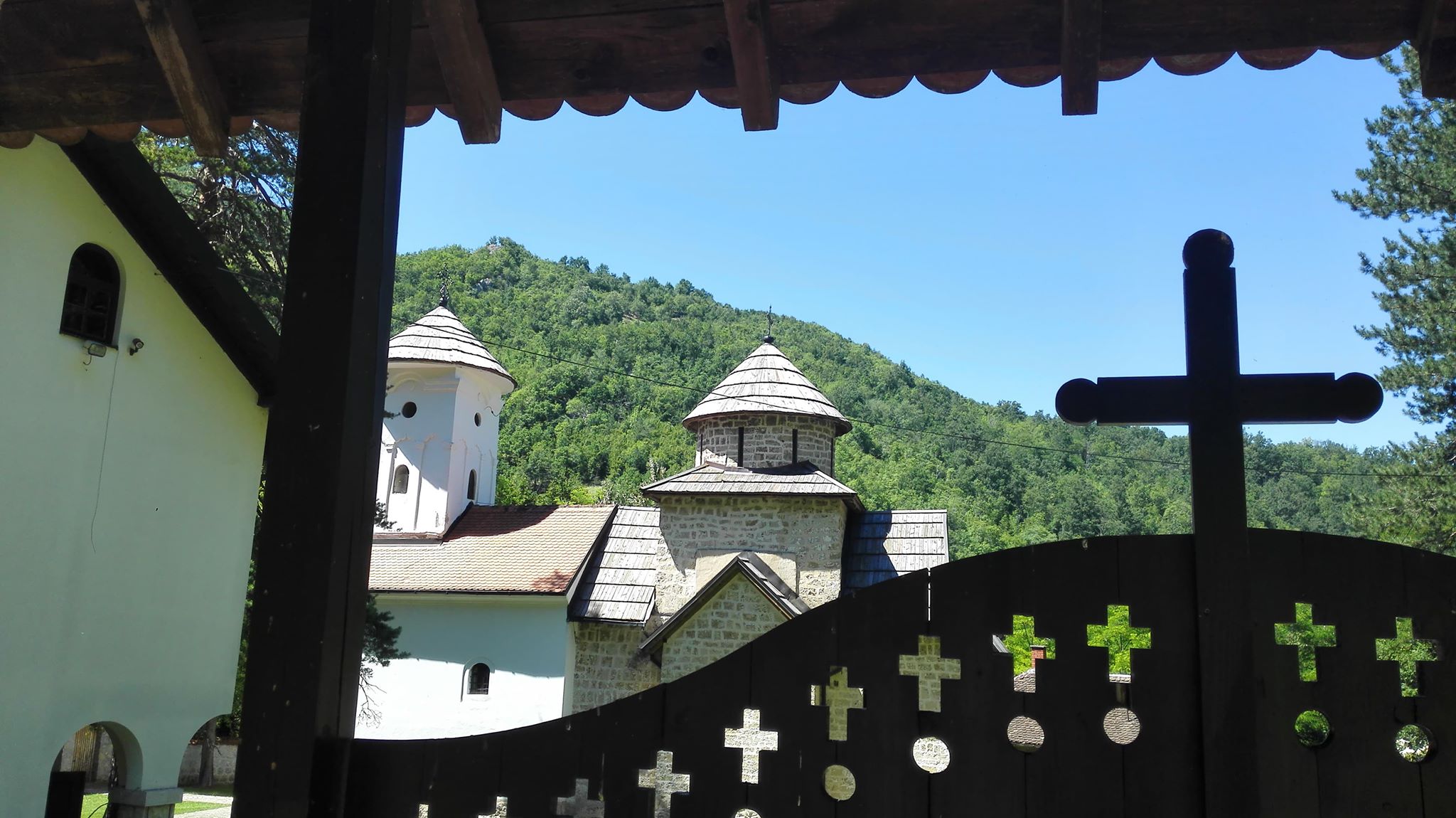
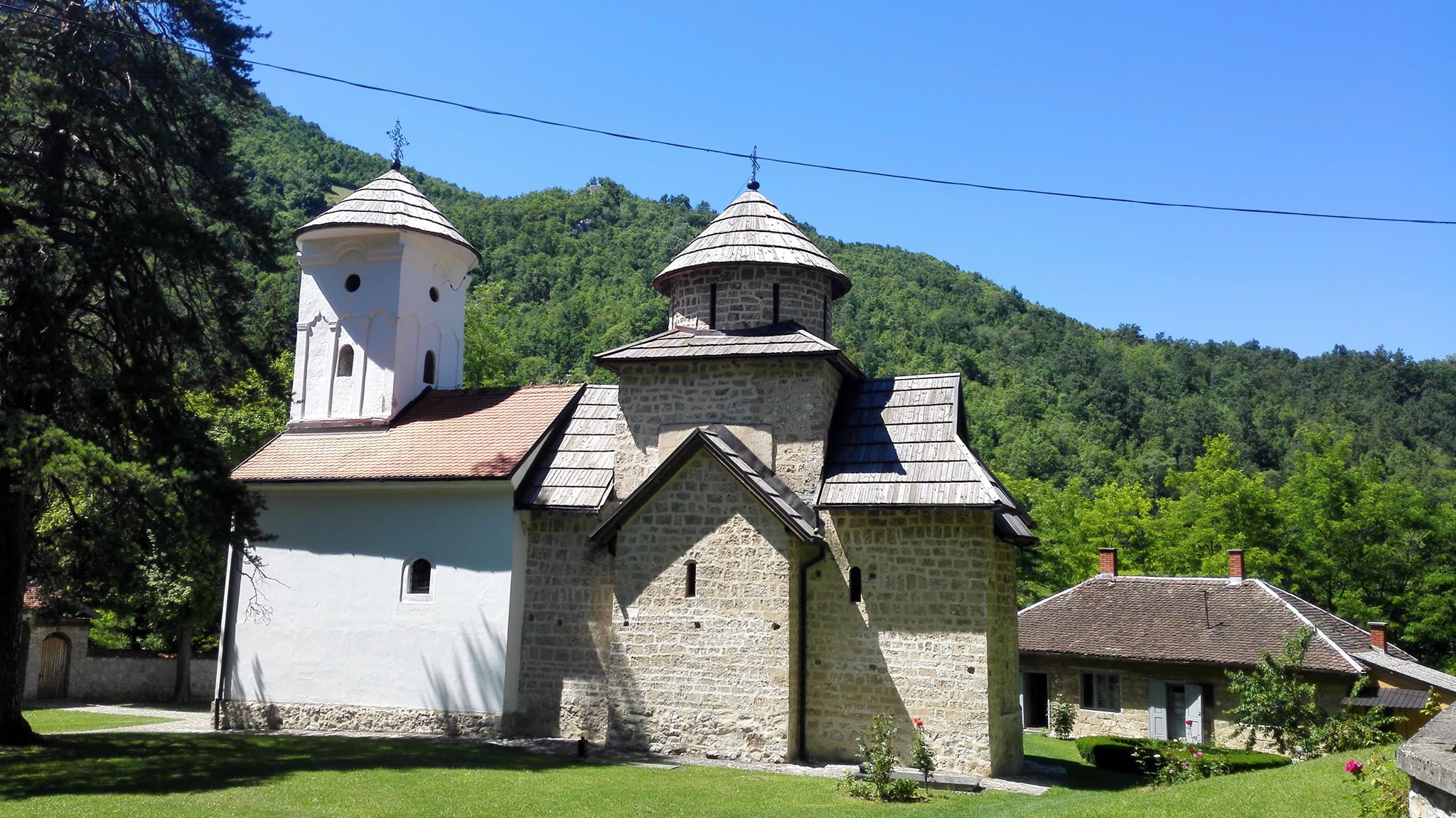
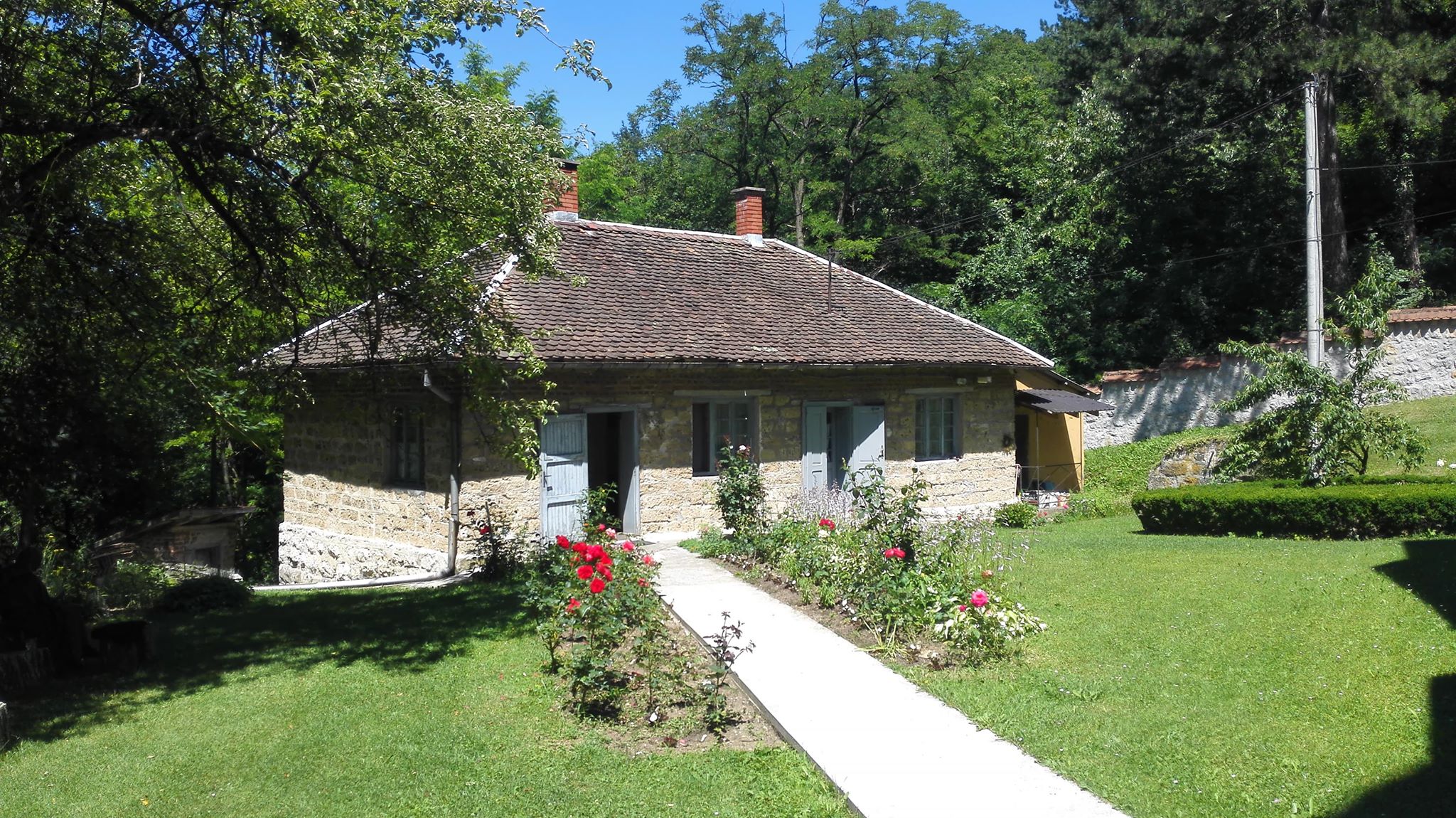
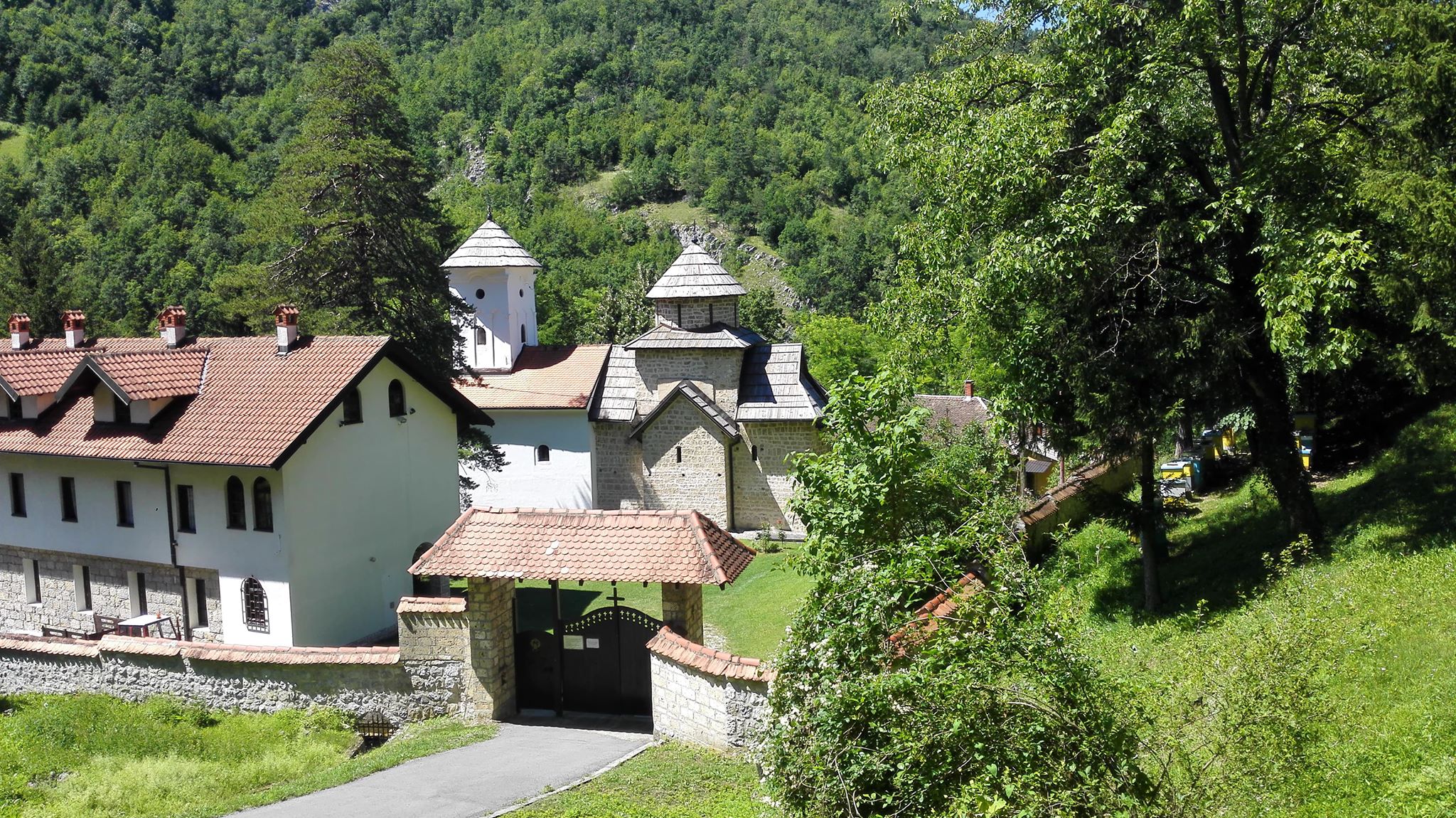
We pass over Debelo Brdo, delighted with the panoramic views of the Valjevo mountains: Povlen, Medvednik, etc. At the lookout point of the Podrinje Gate, at the place where Valjevo region and Podrinje meet, we attempt to see the horizon and identify the point where the Drina River separates Serbia and Bosnia.
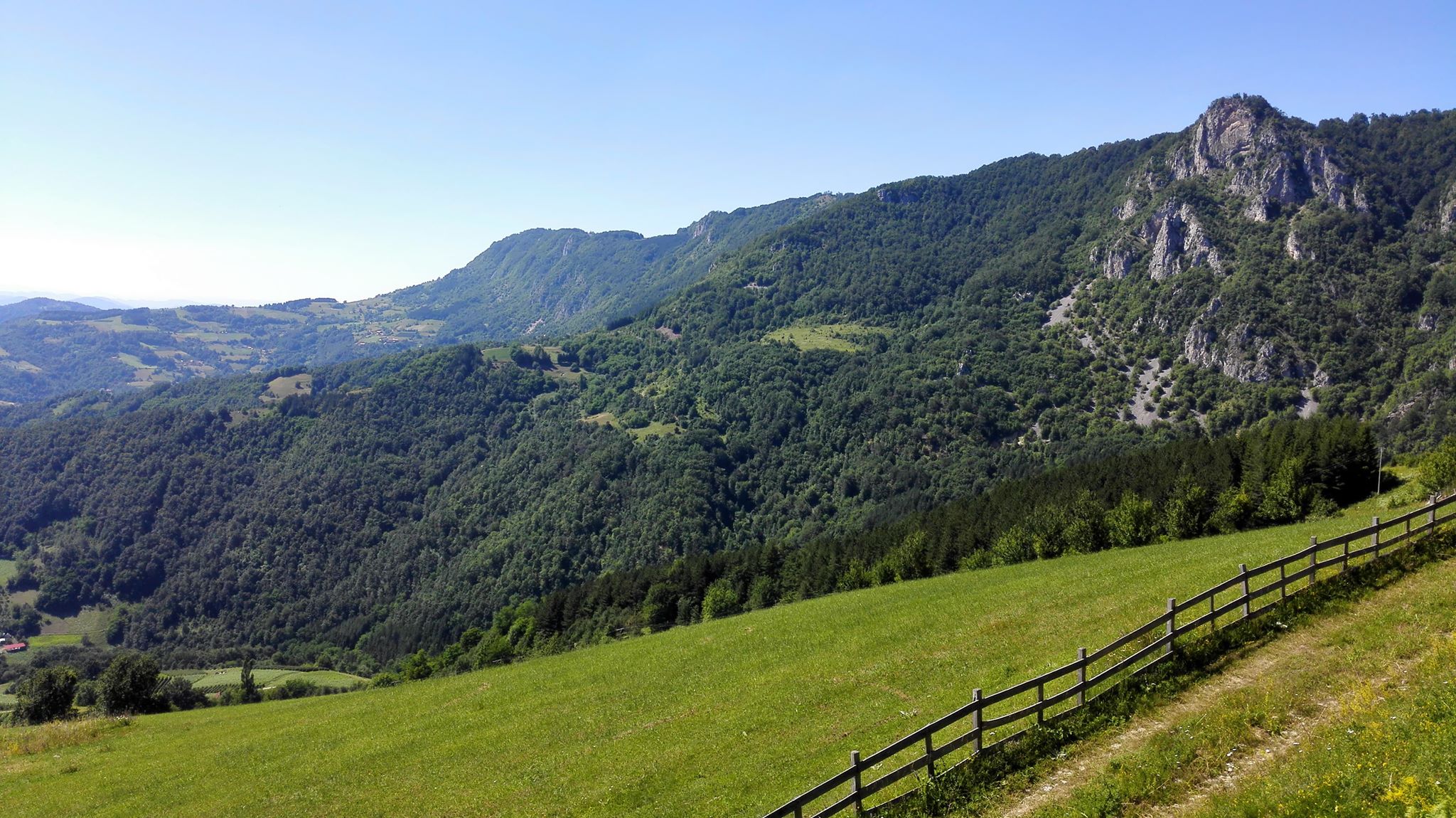
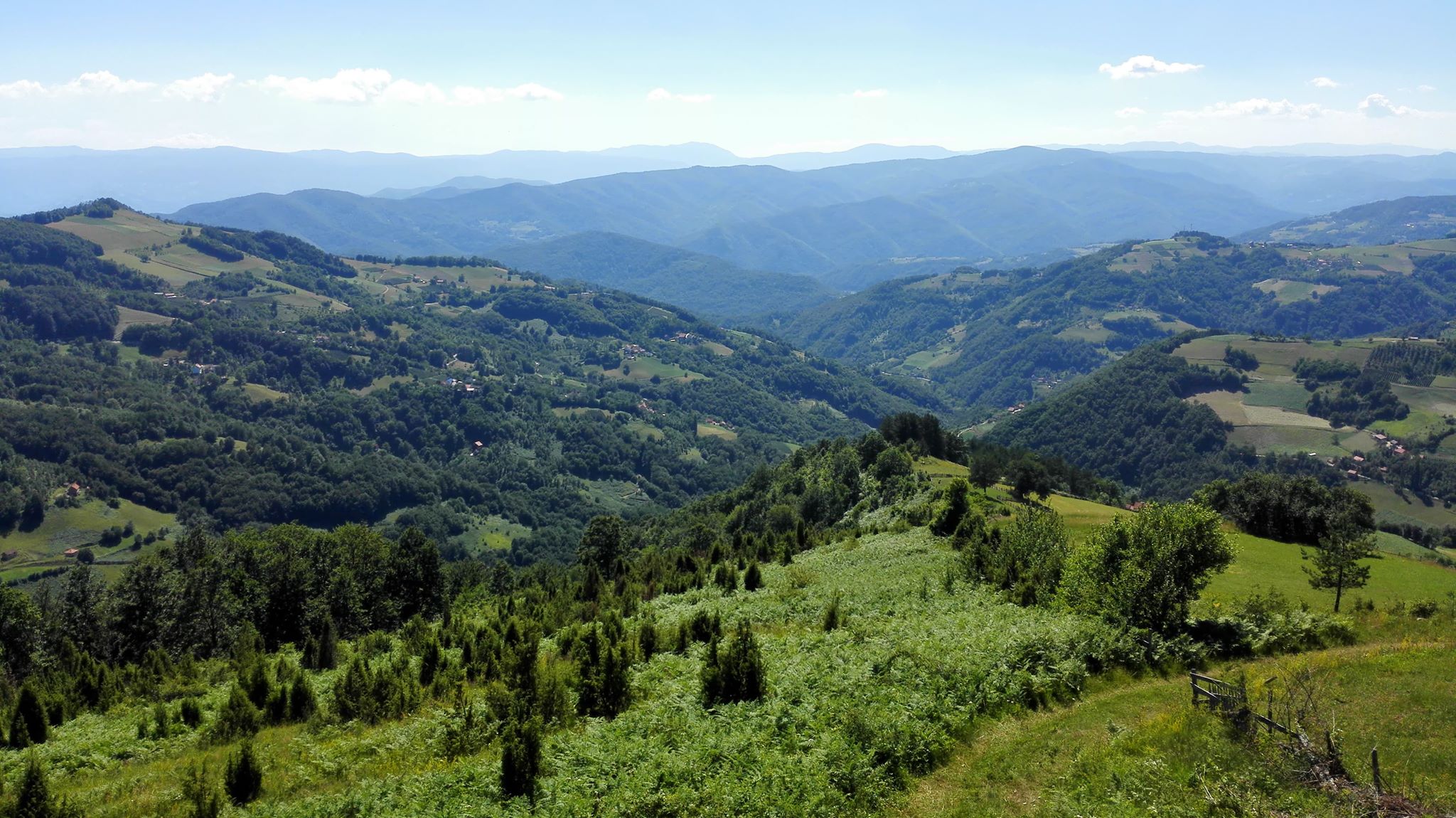
Fresh air and hiking in the mountains certainly affect the appetite, so we rush back to Valjevo to treat our stomachs as well. On the Gradac river, there is a restaurant called Vidra (address: Tadića mlin bb, Valjevo) known for its local fish specialties. Our choice was trout with a glass of chilled local wine (this time we picked wine from local Pusula winery). Great finale of our Valjevo rambling spree.
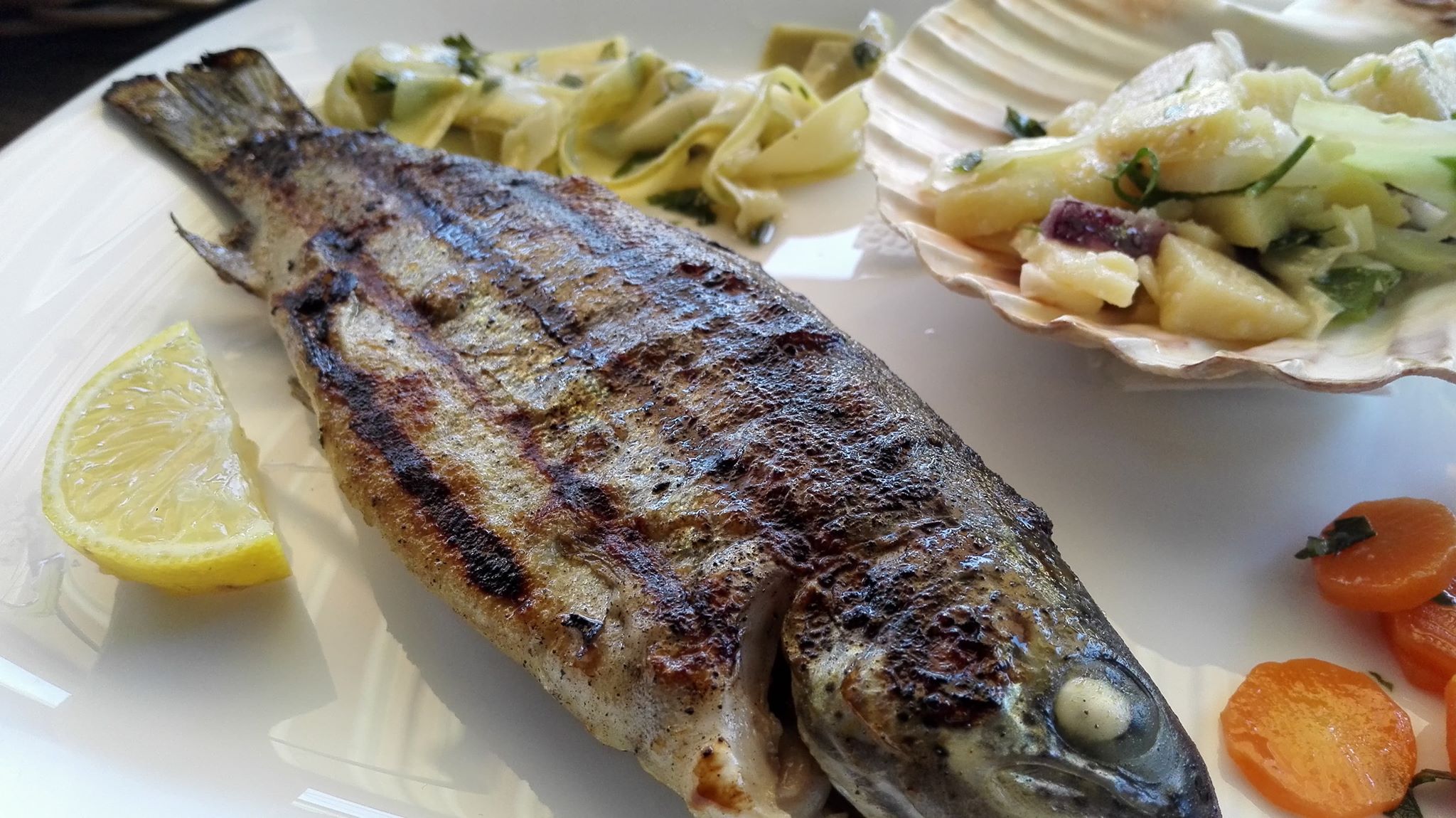
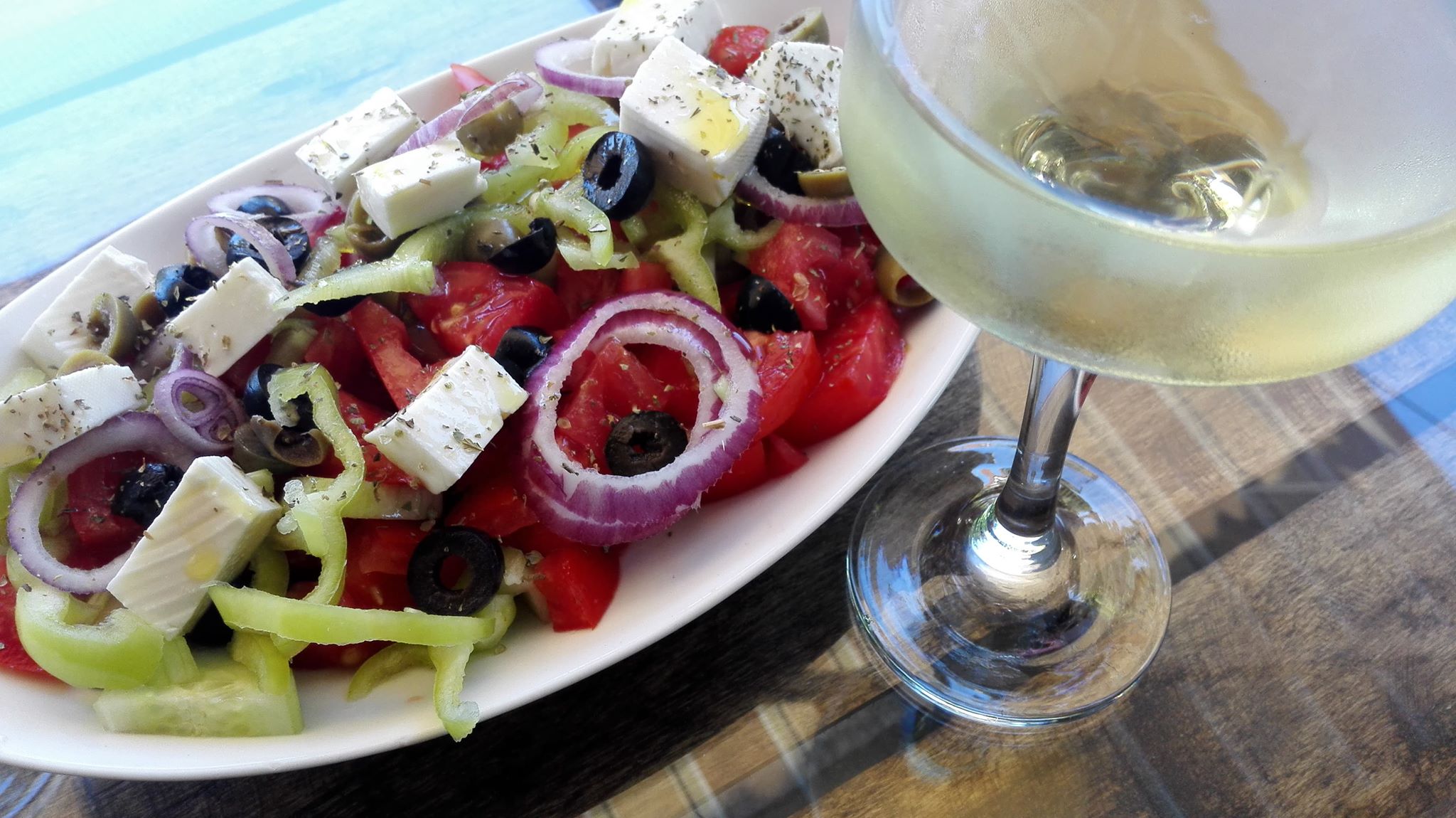

Tomislav Ivanović
Awarded wine writer, wine critic and contributor to selected wine magazines. WSET3-certified author and editor-in-chief of www.vinopedia.rs. Member of Vojvodina Sommelier Association. Juror in national and international wine competitions. Lecturing about wines of Serbia and the Balkans. Local partner of Wine Mosaic organization. Co-founder of International Prokupac Day.

Pročitajte i druge članke iz ove rubrike:
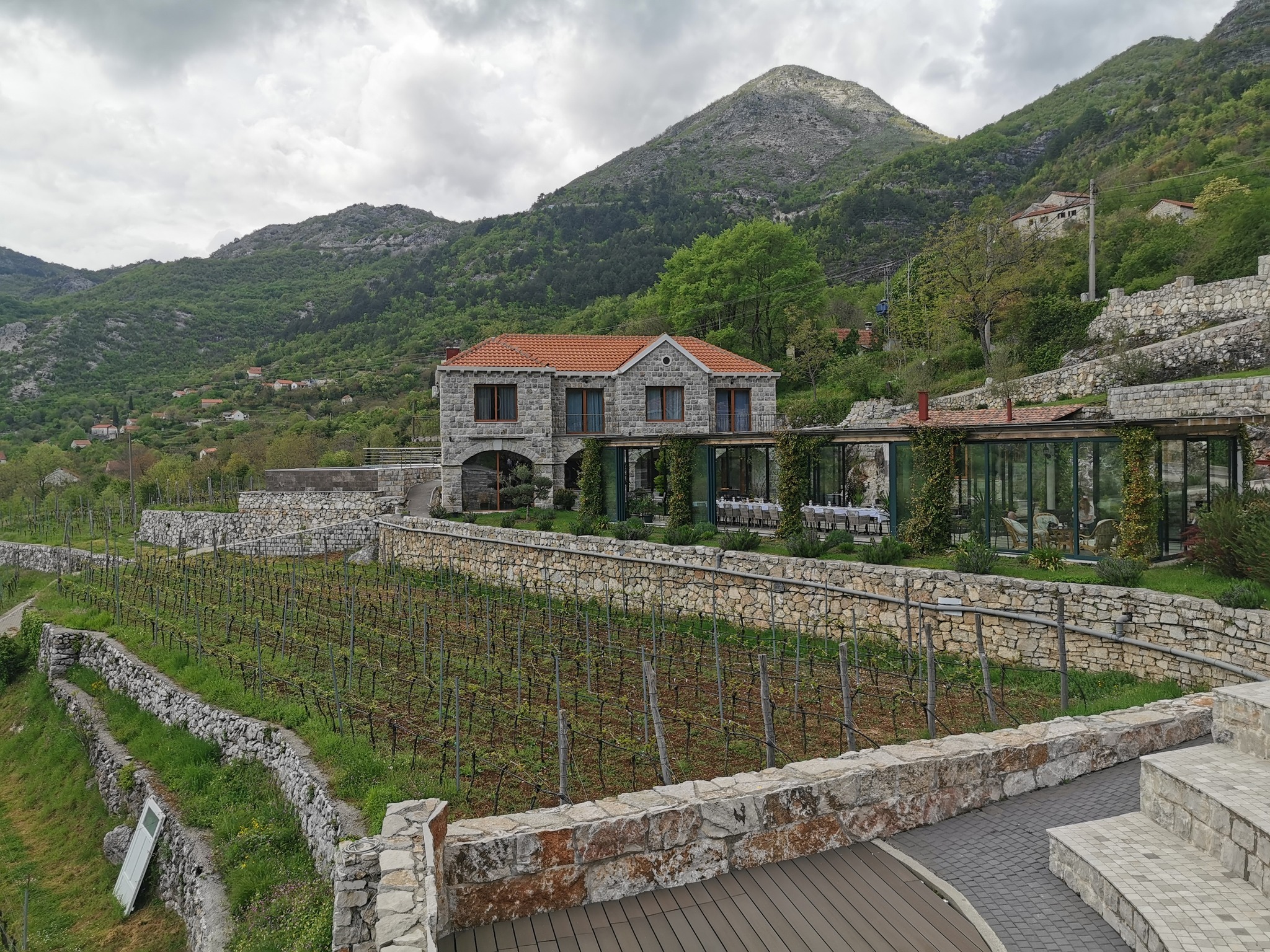

KRATOŠIJA PROBUDILA CRNOGORSKE VINARE
PROČITAJ VIŠE
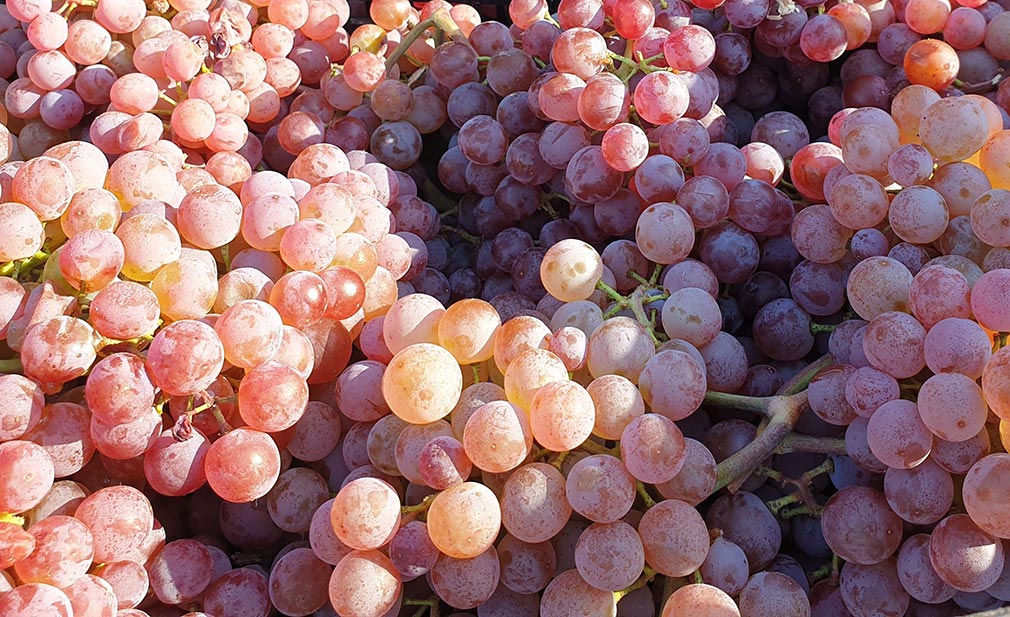

VINOPEDIA TOP 10 2024
PROČITAJ VIŠE
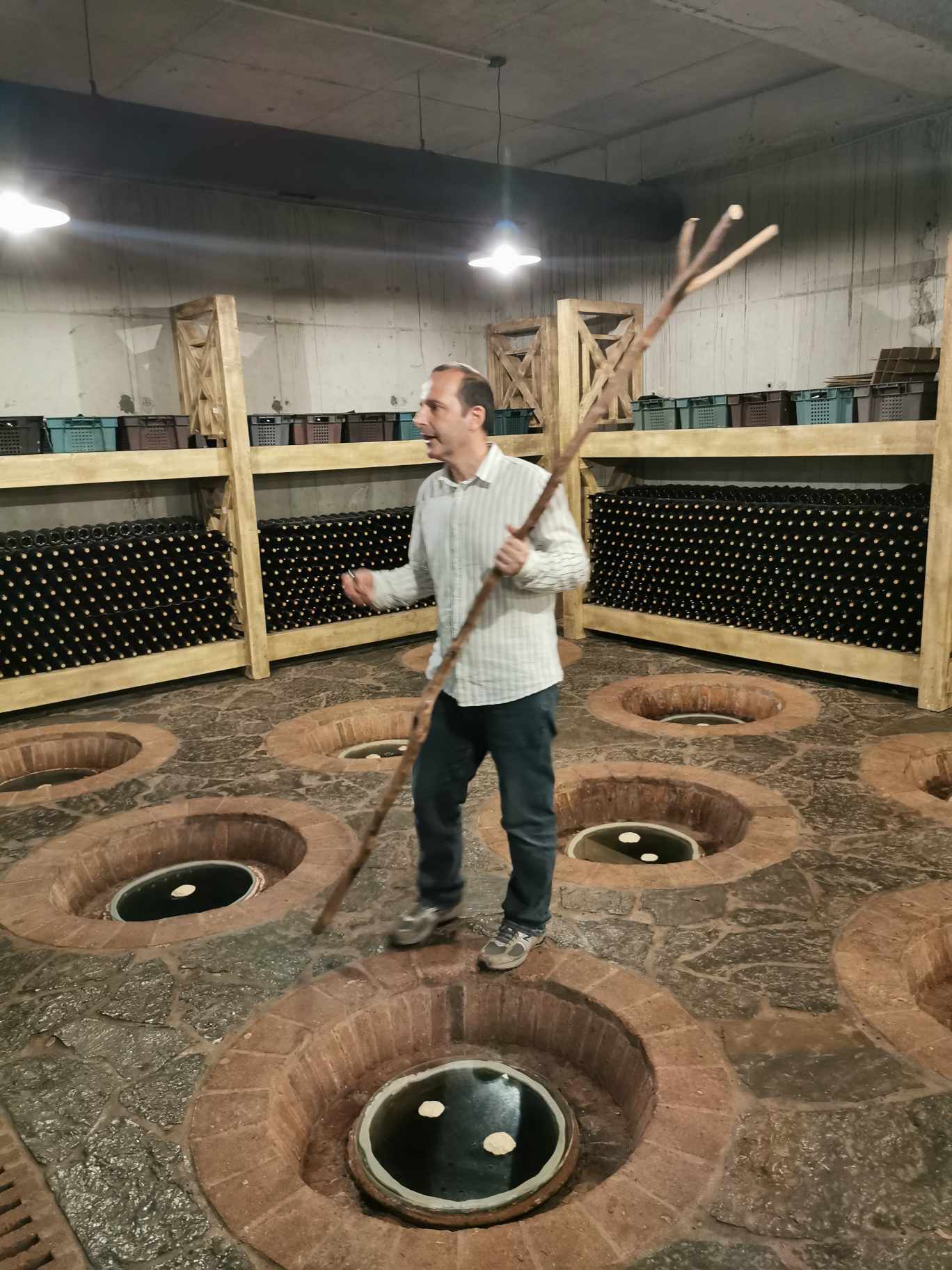

GIUAANI - VINSKI TURIZAM NA GRUZIJSKI NAČIN
PROČITAJ VIŠE


SPASIMO STARE VINOGRADE SRBIJE
PROČITAJ VIŠE
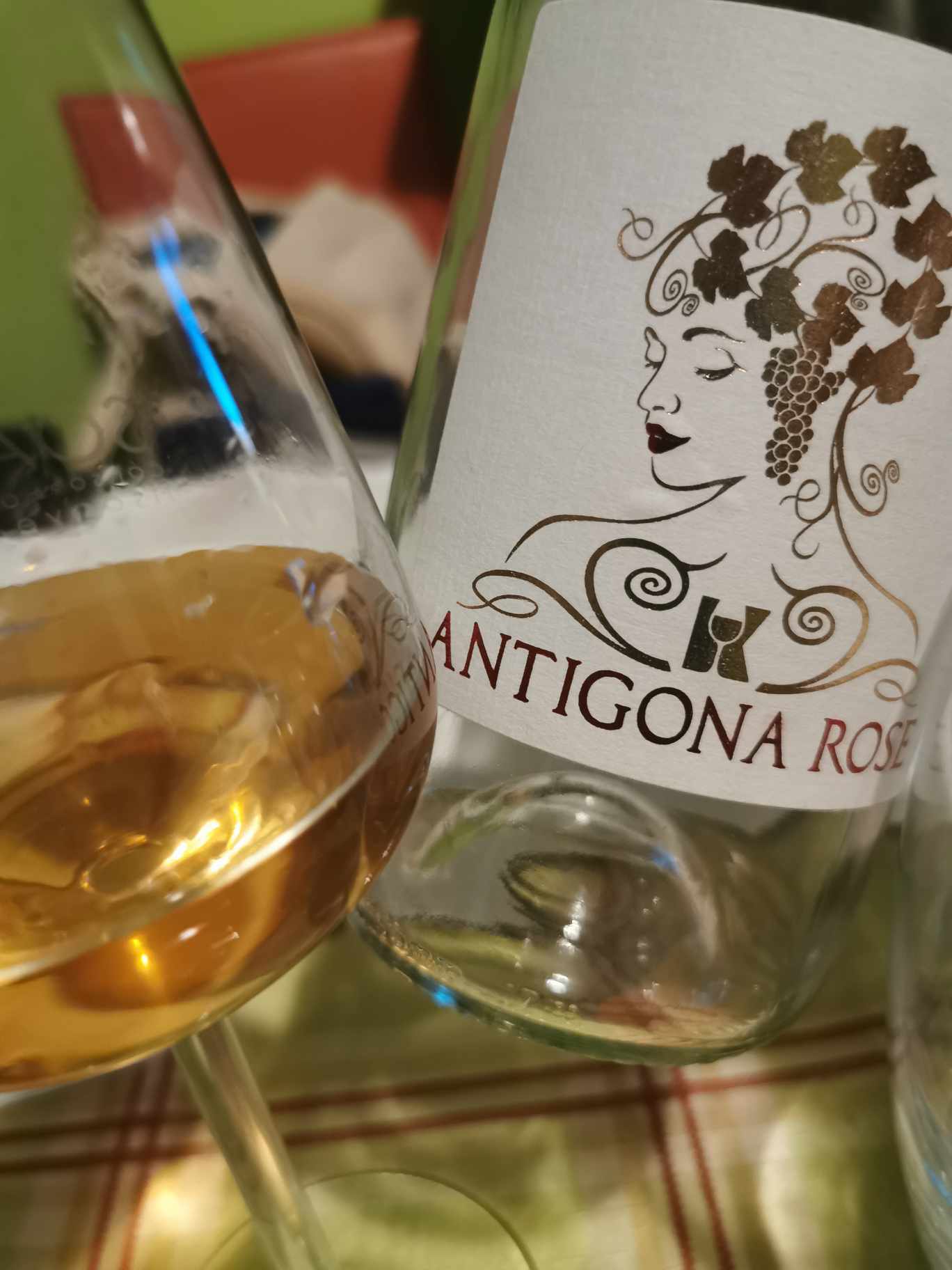

NAŠLI SMO ANTIGONU IZ ORAHOVCA
PROČITAJ VIŠE
Winner MILLESIMA BLOG AWARD 2016

Pobednik MILLESIMA BLOG AWARD 2016
VINO & FINO wine personality of the year 2016

VINO & FINO vinska ličnost godine 2016